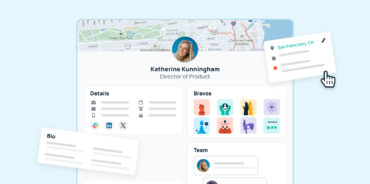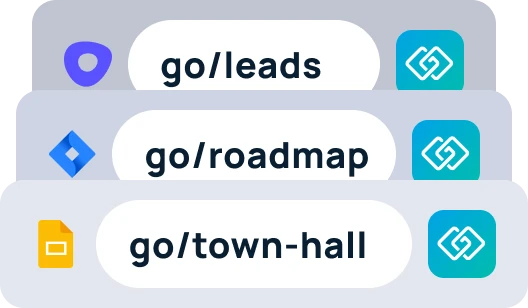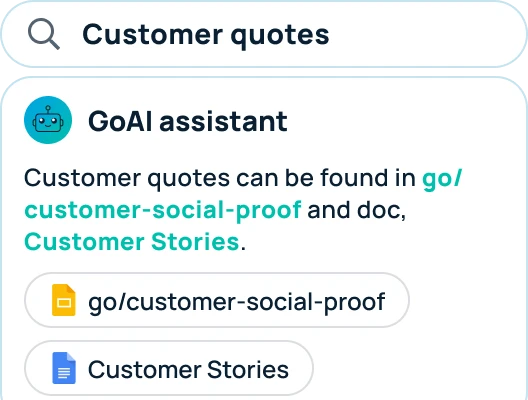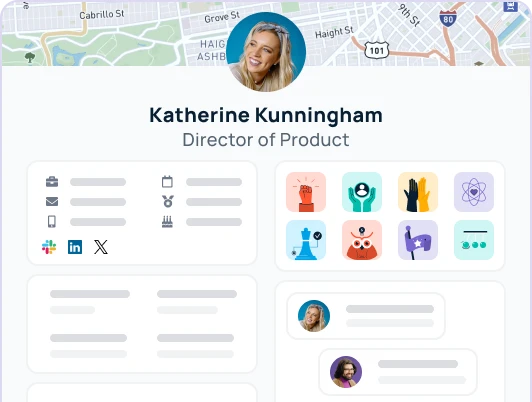Quiet quitting was first coined in 2022 as many employees began reconsidering their career choices.
It’s that subtle disengagement where employees begin to withdraw their energy and commitment. This trend often stems from a lack of recognition, poor work-life balance, and feeling undervalued.
To combat this ongoing trend, you first need to recognize the main signs of quiet quitting. From there, it’s key to proactively nurture engagement and motivation.
In this article, we’re going to cover the top 10 signs of quiet quitting, and we’ll highlight 7 steps you can take to prevent it from happening.
Top 10 signs of quiet quitting
1. Reduced participation in meetings
Employees who were once active in virtual meetings may start to withdraw, providing minimal input or avoiding them altogether. This can indicate they are becoming actively disengaged.
2. Decreased responsiveness
If an employee becomes noticeably slower in responding to emails, chat messages, or other communication channels, it could be a sign they are pulling back from their role due to poor work-life balance or feeling undervalued.
3. Minimal engagement in team collaboration
A drop in participation in collaborative projects, brainstorming sessions, or team discussions can signal that an employee is no longer as committed to their work as they once were, often due to a lack of recognition.
4. Decline in work quality
When the quality of an employee’s work begins to suffer without a clear reason, it might suggest they are quietly quitting. This could include missed deadlines, errors, or a lack of attention to detail, possibly stemming from mental health struggles.
5. Reluctance to take on new tasks
Disengaged employees might shy away from new responsibilities or challenges, preferring to stick to the bare minimum required in their current role, a sign of a lack of engagement.
6. Frequent absences or late logins
In a remote setting, a pattern of coming online late, leaving early, or frequently taking days off without clear communication can be a red flag for quiet quitting, indicating deeper issues like mental health or burnout.
7. Lack of initiative
A decline in taking initiative or contributing new ideas can indicate that an employee is mentally checking out. They might stop volunteering for tasks or avoid going the extra mile, often due to feeling undervalued.
8. Isolation from team
Remote employees who begin to isolate themselves by not participating in informal team interactions, such as virtual coffee breaks or social chats, may be showing signs of becoming quiet quitters, potentially leading to quiet firing as seen on social media discussions.
9. Indifference to feedback
If an employee seems indifferent or dismissive towards feedback—whether positive or negative—it could indicate a loss of motivation and engagement, possibly pushing them towards outright quitting their job.
10. Increased focus on non-work activities
When employees start to prioritize non-work-related activities during work hours, such as side projects or hobbies, it can be a sign that they are quietly quitting their primary job responsibilities, further fueled by poor work arrangements.
7 steps to combat quiet quitting
1. Foster open communication
Open lines of communication are at the center of a healthy remote work environment. Encourage transparent dialogues through video calls, chat platforms, and regular check-ins to address issues like lack of recognition and feeling undervalued.
2. Set clear expectations
Clarity is key when teams are dispersed across different locations. Define roles, responsibilities, and performance expectations clearly and consistently to prevent the disconnect that can lead to poor work-life balance.
3. Recognize and reward efforts
Acknowledging contributions goes a long way in boosting morale and reinforcing positive behaviors. Public recognition and structured reward programs help employees feel valued and engaged, countering the risks of quiet quitting.
GoProfiles is an employee recognition and reward tool that makes this process super easy. Employees can reward teammates with customized bravos that show up within designated Slack channels. This makes recognition more public and visible so everyone can celebrate accomplishments.
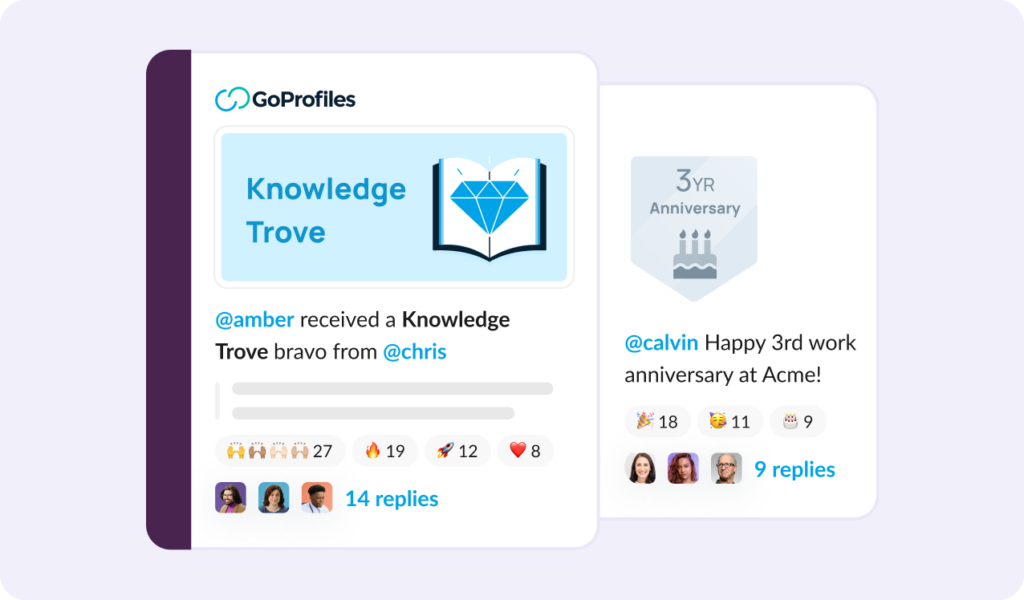
4. Promote work-life balance
Encourage your team to establish boundaries between work hours and personal time. Support initiatives that promote stress management and mental wellness, which are crucial in preventing burnout and disengagement.
5. Provide opportunities for growth
Investing in employee development shows your commitment to their long-term success. Personalized development plans empower employees to advance professionally within your organization, enhancing their engagement and loyalty.
Ideas:
- Set up an education stipend that employees can use to grow their skills
- Host monthly Lunch n Learn sessions where employees can share knowledge with coworkers
6. Build a sense of community
Creating a connected community among remote team members requires intentional efforts. Organize virtual team-building activities and in-person gatherings to cultivate camaraderie and combat isolation.
Tools like GoProfiles can help simplify this process among remote teams. This software offers an employee map so you can see which employees live in the same city. With this information, coworkers can set up monthly lunches or coffee breaks to get to know each other.
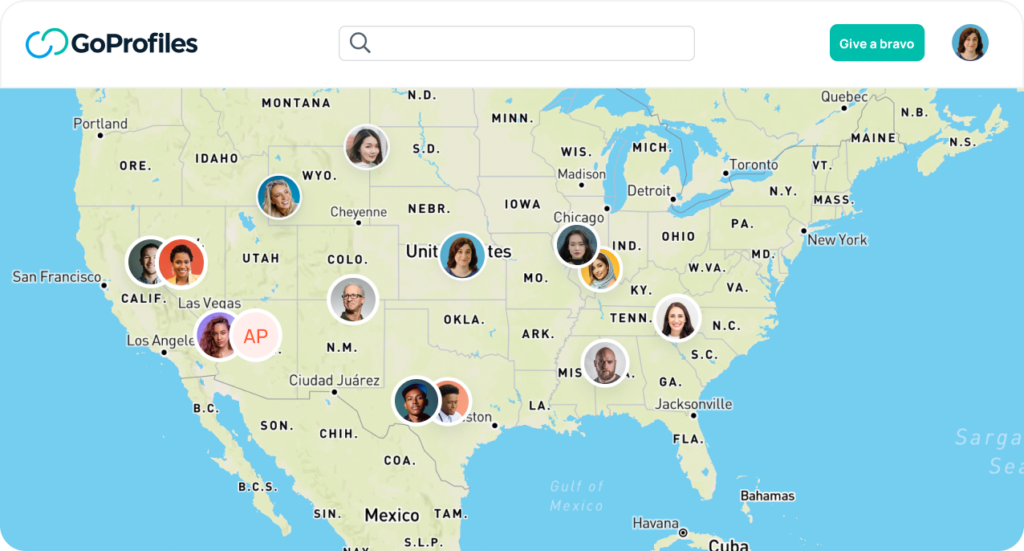
7. Utilize employee engagement tools
Harnessing technology can bridge the distance between remote team members and facilitate meaningful connections. GoProfiles, for instance, enhances employee engagement by providing insights into colleagues’ interests and fostering a cohesive remote work culture.
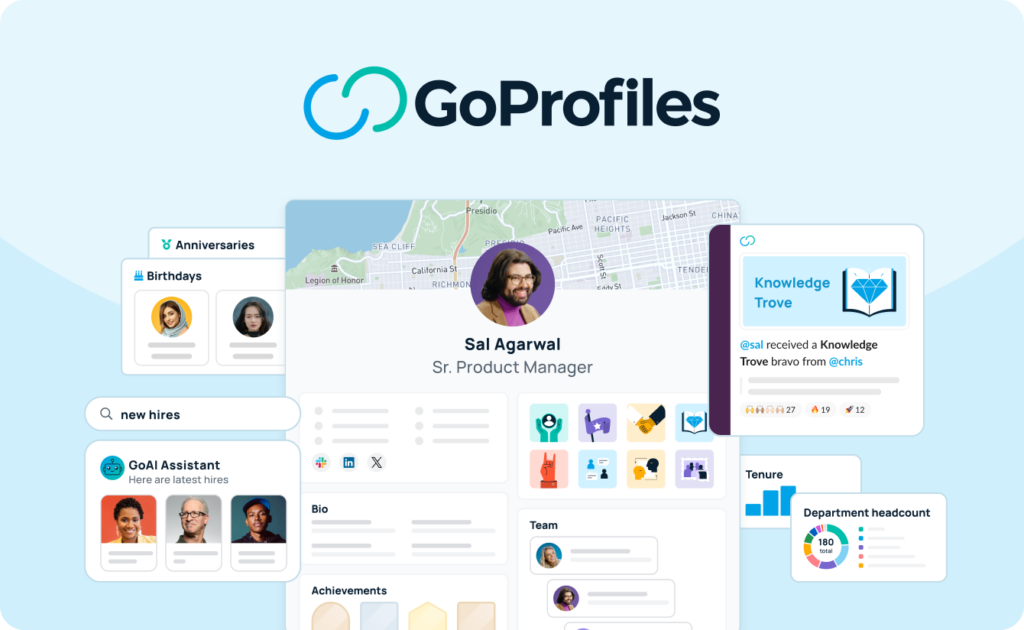
Getting started with GoProfiles
Combat quiet quitting with a better employee engagement strategy.
GoProfiles can help! With features like rich employee profiles, peer recognition, and employee groups, it’s easier than ever to foster true connections.
Schedule a demo to see GoProfiles in action.
Build a culture of connection and recognition with GoProfiles
Schedule a demo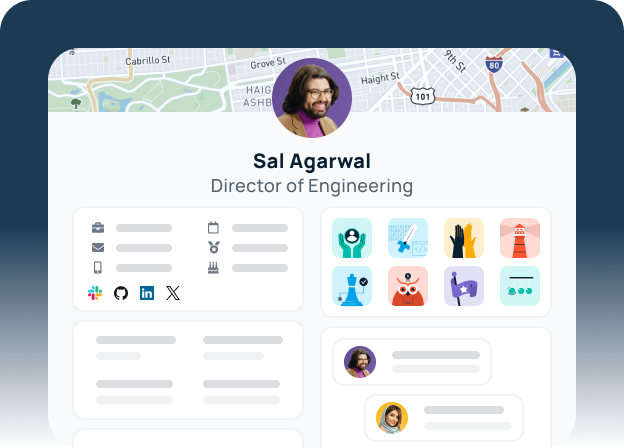
FAQ
1. What is quiet quitting?
Quiet quitting refers to the subtle disengagement where employees begin to withdraw their energy and commitment to their work without making it obvious. It often stems from factors like lack of recognition, poor work-life balance, and feeling undervalued.
2. How can I prevent signs of quiet quitting in my team?
To prevent quiet quitting, it’s essential to foster open communication, set clear expectations, recognize and reward efforts, promote work-life balance, provide growth opportunities, build a
4. How does lack of recognition contribute to quiet quitting?
A lack of recognition can make employees feel undervalued and unappreciated, leading to disengagement and quiet quitting. Regularly acknowledging contributions and rewarding efforts can help maintain motivation and prevent this.
5. Can mental health impact quiet quitting?
Yes, mental health plays a critical role in quiet quitting. Employees struggling with mental health issues may become disengaged and less motivated. Supporting mental wellness and offering resources can help address this issue.

